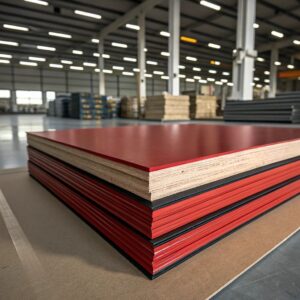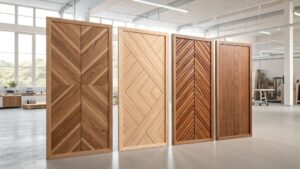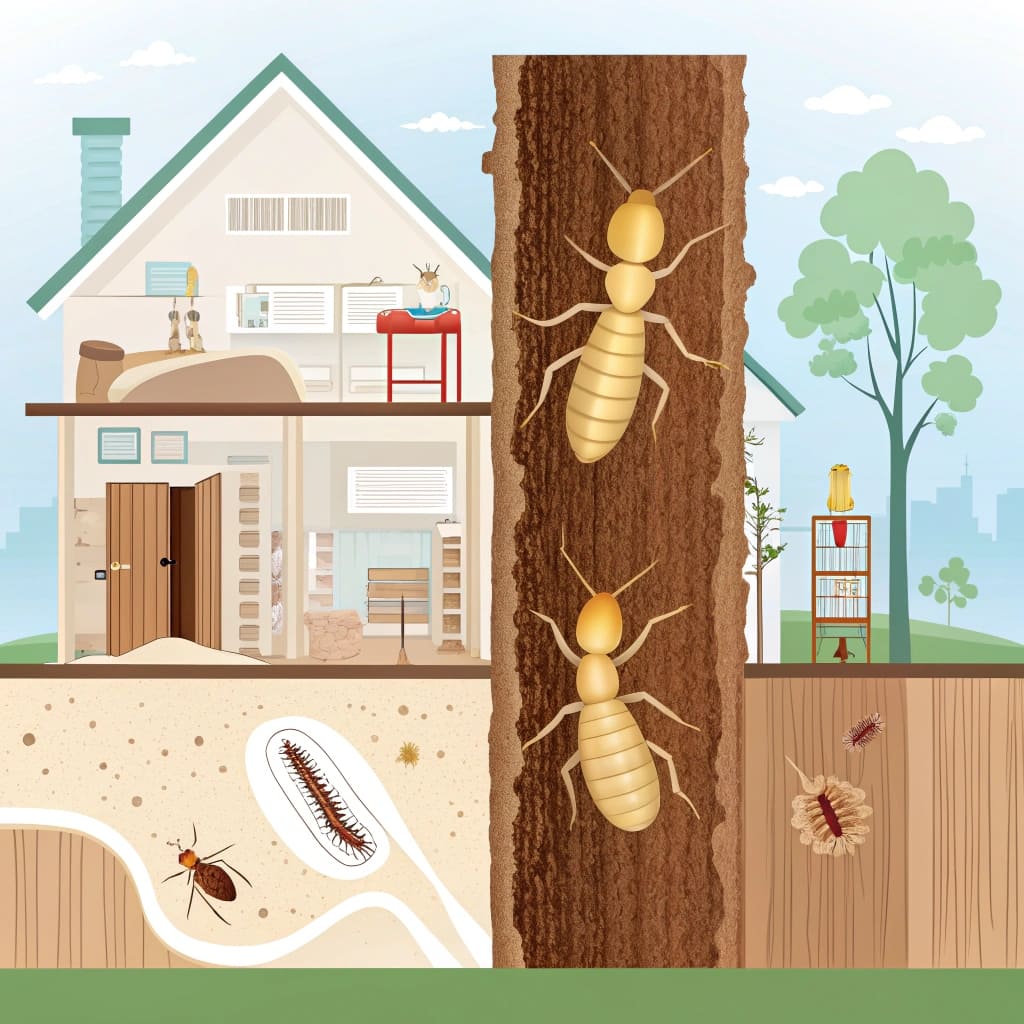
Many buyers ask me, “Do you have termite-proof plywood?” The answer is yes. At ACEALL, we produce it in large volumes. Termites are a real problem in many markets. They eat wood from the inside out. This causes serious damage to furniture and homes. Termite-resistant plywood solves this problem.
In this article, I will explain what termite-resistant plywood is, how it’s made, where it’s needed, how importers can check quality, and how we make it at ACEALL. I will also share tips from buyers like Cathy in Canada who care about both price and quality.
1.What Is Termite Resistant Plywood?
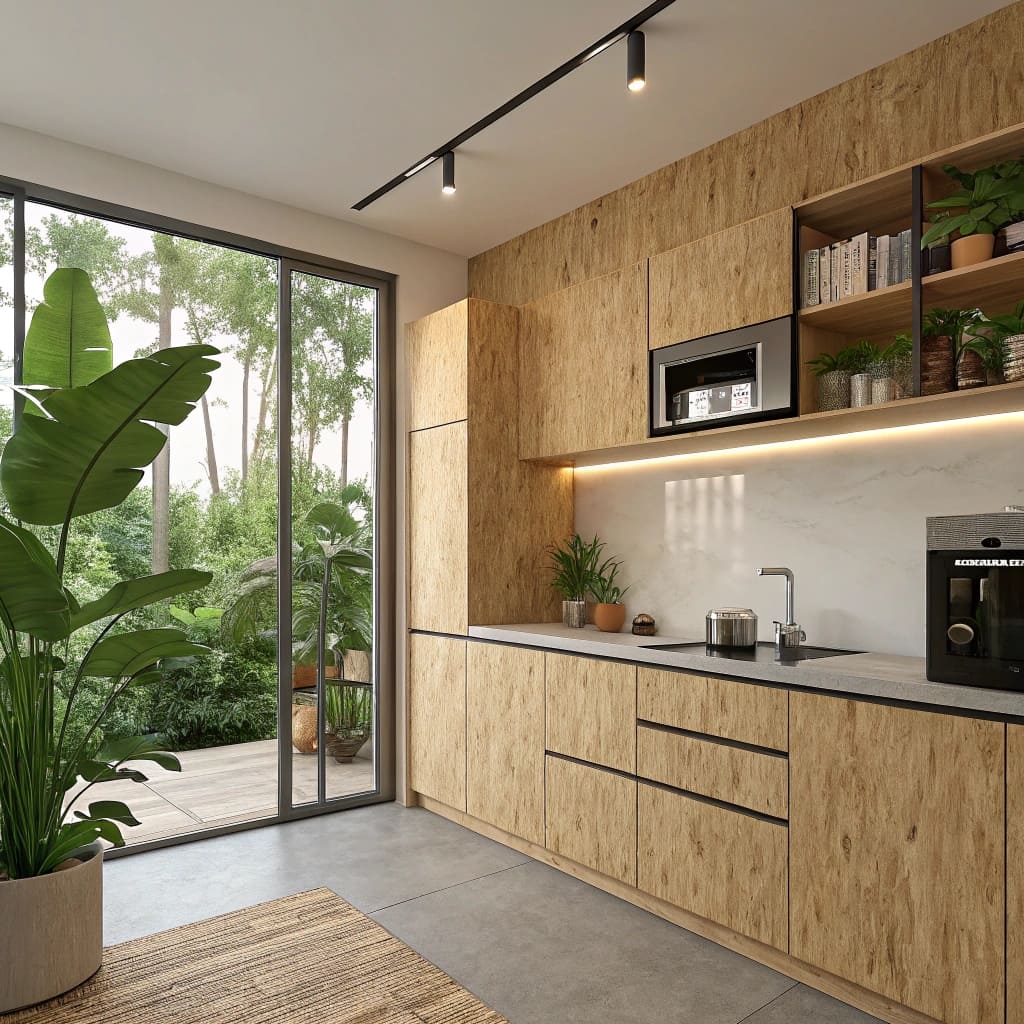
Termite-resistant plywood is a wood board that resists termite damage. It is made by treating the wood with special chemicals. These chemicals stop termites1 from eating the wood. This makes the board safer for furniture, cabinets, and home use.
This plywood is often used in areas where termites are common. Countries with hot and wet climates need it the most. If you sell furniture in South America2, Africa, or Southeast Asia, your customers may ask for this feature.
How It Works
The key lies in the chemicals. These are applied either to the core or the surface. The board becomes toxic to termites but stays safe for people. The treated plywood looks the same on the outside. But it performs better over time.
2.How Is Termite Resistant Plywood Made?
At ACEALL, we treat the board during production. We use melamine-faced plywood. First, we select a stable core. Then we add a layer of anti-termite chemicals. This can be done in two ways. One is to treat the veneer before pressing. The other is to treat the full board after hot pressing.
Both ways have pros and cons. The first method is more even. The second is more flexible. We choose the method based on your order size and budget.
Our Production Process
Here is a simple breakdown:
| Step | Description |
|---|---|
| 1 | Select poplar or hardwood core |
| 2 | Treat core veneer or finished board |
| 3 | Press under heat and pressure |
| 4 | Laminate with melamine paper |
| 5 | Final inspection and packing |
Each board is checked before packing. We test for bond strength and termite resistance.
3.Where Is Termite Resistant Plywood Needed Most?
Not every country has termite problems. But some do. Based on my export experience, here are markets that often ask for this board:
Countries with High Demand
| Region | Countries |
|---|---|
| South America | Brazil, Colombia, Peru |
| Africa | Ghana, Nigeria, Kenya |
| Southeast Asia | Philippines, Indonesia, Vietnam |
| Middle East | UAE, Oman, Saudi Arabia |
In these markets, buyers ask for protection. They use the board for wardrobes, kitchen cabinets, and wall panels. If your market has a lot of rain or heat, termites will be a problem.
4.How to Check the Quality Before You Buy
It’s not easy to see termite-proofing with the eye. So importers must ask the right questions. Some suppliers claim their boards are treated. But they are not. You must check carefully.
What You Should Ask Suppliers
| Question | Why It Matters |
|---|---|
| What chemicals do you use? | Some are banned in certain countries |
| Do you test resistance? | Lab tests or field reports are helpful |
| Can I get a sample? | A real sample shows treatment consistency |
| Do you have export experience? | Avoid delays due to documents or rules |
At ACEALL, we support third-party testing. You can also send inspectors before shipping. We treat each order seriously.
5.What Affects the Price of Termite Resistant Plywood?
Termite-resistant plywood costs more than regular plywood. But the price depends on many things. Buyers often ask why prices change month by month.
Price Factors
| Factor | Details |
|---|---|
| Raw Material | Poplar vs hardwood core |
| Treatment Type | Surface spray vs deep treatment |
| Glue Quality | MR vs WBP glue types |
| Lamination | Melamine face adds cost |
| Certification | CARB, FSC, or ISO increase cost |
At ACEALL, we give full breakdowns. You will see what makes up your cost. You can choose the right level for your market.
6.Why Importers Choose ACEALL
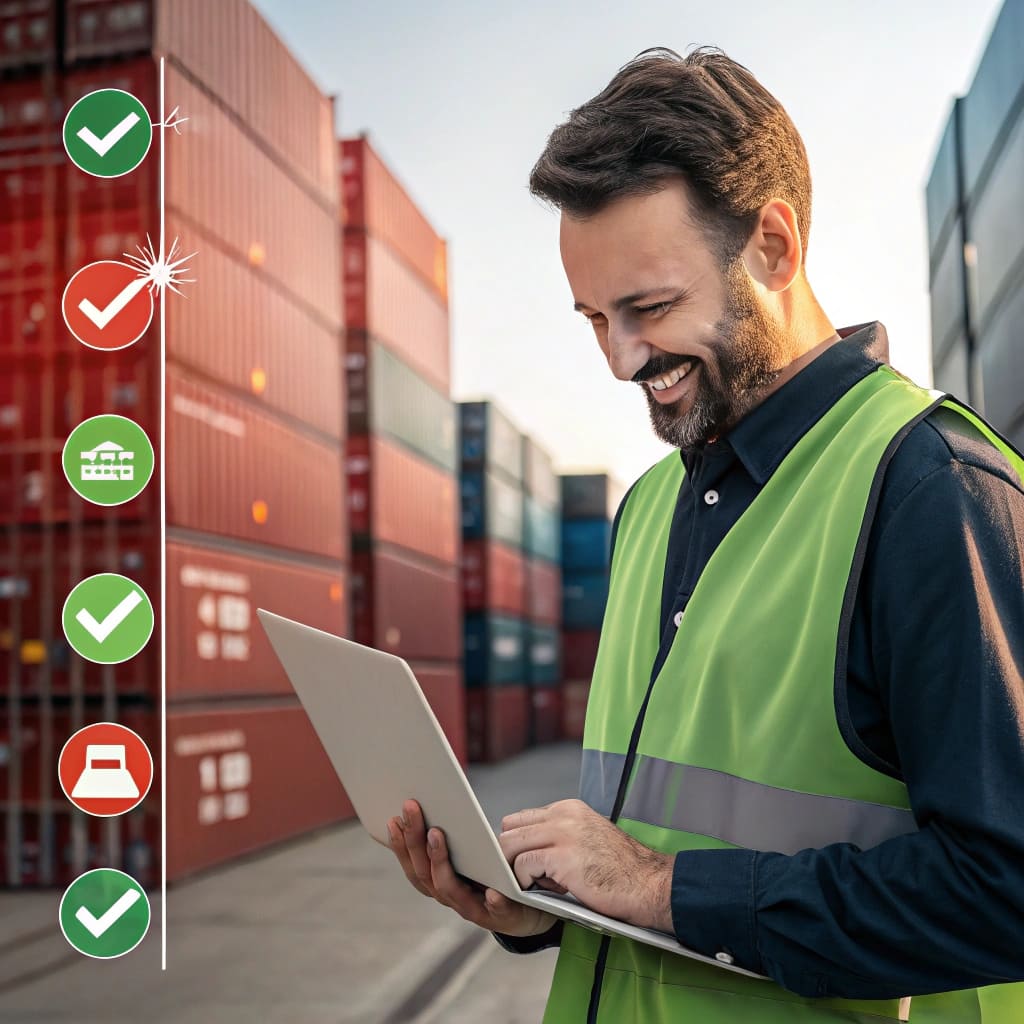
I often hear this question: “Why should I choose you?” I always give the same reasons.
-
We are a real factory in China.
-
We offer custom treatment levels.
-
We support flexible MOQ.
-
We export to 5 major regions.
-
We have experience in both OEM and ODM orders.
We also understand buyers’ pain points. Like late delivery. Like poor communication. We solve these with fast replies, clear photos, and strong QC steps. Many buyers, like Cathy, stay with us for years.
Conclusion: Choose Smart, Sell Better
Termite-resistant plywood is not for every project. But in the right place, it can raise your brand value and reduce problems. As a factory, I help importers choose what suits their market. If you want steady quality and direct factory prices, I’m happy to talk.
You can reach me at sales@aceallwood.com. Let’s build better boards together.


